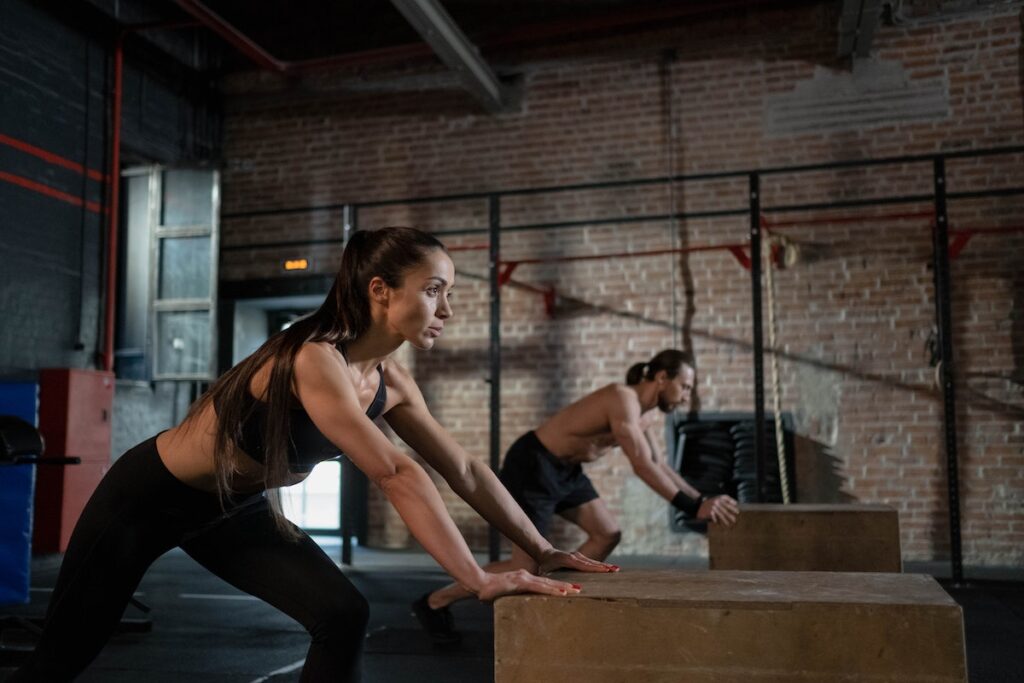Introduction
The human lower back is a complex region composed of various muscles that play a crucial role in providing support, stability, and movement. These muscles work in harmony to facilitate everyday activities, such as walking, lifting, and bending. Understanding the anatomy and function of the lower back muscles is vital for maintaining proper posture, preventing injuries, and enhancing overall fitness. In this article, we will delve into the intricacies of the lower back muscles, exploring their anatomy, function, common issues, and effective exercises to strengthen and protect this critical area.
Anatomy of Lower Back Muscles
- Erector Spinae Muscles: The erector spinae muscles, also known as the sacrospinalis muscles, are a group of three muscles that run parallel along the length of the spine. These muscles consist of the iliocostalis, longissimus, and spinalis muscles. The erector spinae muscles play a vital role in maintaining an upright posture and assisting with back extension. They are activated during activities like standing, lifting, and bending backward.
- Quadratus Lumborum: The quadratus lumborum is a deep muscle located on both sides of the lower back. It originates from the iliac crest and inserts into the lumbar vertebrae and the lower ribs. The quadratus lumborum primarily helps in lateral flexion of the spine and stabilizes the pelvis during walking or standing on one leg.
- Multifidus: The multifidus muscle consists of a series of short muscles that span between adjacent vertebrae in the spine. This muscle is essential for providing stability and control during movements of the spine, such as bending and twisting. The multifidus also contributes to maintaining proper alignment and posture.
- Interspinales and Intertransversarii Muscles: The interspinales and intertransversarii muscles are smaller muscles located in the spaces between the spinous and transverse processes of the vertebrae. These muscles help with fine-tuning movements and providing support and stability to the spine.
Function of Lower Back Muscles
The lower back muscles work in coordination with other muscle groups to perform various functions:
- Postural Support: The lower back muscles play a key role in maintaining an upright posture. They counteract the force of gravity, preventing the spine from collapsing and maintaining its natural curvature.
- Spinal Stability: These muscles work together to stabilize the spine during movements, such as bending, lifting, and twisting. Proper stabilization helps reduce the risk of injuries and ensures efficient movement.
- Back Extension: The erector spinae muscles are responsible for extending the spine, allowing the back to arch backward. This action is necessary for activities like standing up straight or leaning backward.
- Lateral Flexion: The quadratus lumborum facilitates lateral flexion, which enables the body to bend sideways. This muscle is especially important during activities that involve reaching or leaning to one side.
Common Issues Affecting Lower Back Muscles

- Lower Back Pain: Lower back pain is one of the most prevalent issues affecting individuals of all ages. It can result from various factors, such as poor posture, muscle imbalances, overuse, or injury. Strengthening and stretching exercises can help alleviate lower back pain and prevent its recurrence.
- Muscle Imbalances: Imbalances in the strength and flexibility of lower back muscles can lead to posture problems and increased risk of injuries. Imbalanced muscles may cause some muscles to compensate for the weakness of others, leading to strain and discomfort.
- Disc Herniation: A herniated disc occurs when the soft, gel-like center of an intervertebral disc protrudes through its tough outer layer and irritates nearby nerves. Weak or improperly conditioned lower back muscles may contribute to the development of disc herniations.
- Sciatica: Sciatica refers to pain that radiates along the sciatic nerve, which runs from the lower back through the buttocks and down the back of each leg. Compression or irritation of the sciatic nerve can result from issues like muscle tightness or herniated discs.
Exercises to Strengthen the Lower Back Muscles
Before engaging in any exercise routine, it is essential to consult a healthcare professional or a certified fitness trainer, especially if you have a history of lower back issues. Proper form and technique are crucial to prevent further injuries. Below are some effective exercises to strengthen the lower back muscles:
- Bird-Dog Exercise: The bird-dog exercise targets the erector spinae and multifidus muscles while also engaging the core for stability. Start on all fours with your hands aligned under your shoulders and knees under your hips. Extend your right arm forward while simultaneously extending your left leg backward. Hold for a few seconds, then switch sides.
- Superman Exercise: The superman exercise primarily targets the erector spinae muscles and promotes back extension. Lie face down with your arms stretched out in front of you and your legs extended. Lift your arms and legs off the ground simultaneously, engaging your lower back muscles. Hold for a few seconds before lowering back down.
- Cat-Cow Stretch: The cat-cow stretch is an excellent warm-up exercise that helps mobilize and stretch the lower back muscles. Start on all fours and alternate between arching your back (cow position) and rounding your back (cat position). Perform this movement slowly and mindfully.
- Bridge Exercise: The bridge exercise targets the glutes, hamstrings, and lower back muscles. Lie on your back with your knees bent and feet flat on the ground. Lift your hips off the floor, creating a straight line from your shoulders to your knees. Squeeze your glutes and hold the position for a few seconds before lowering back down.
Conclusion
The lower back muscles play a vital role in maintaining stability, supporting posture, and facilitating movement. Understanding their anatomy and function is crucial for preventing injuries and promoting overall back health. Engaging in regular exercise routines that target the lower back muscles can strengthen and protect this critical region, improving overall fitness and well-being. Remember to approach any exercise regimen with caution and seek professional advice when necessary to ensure safety and effectiveness. By prioritizing the care of our lower back muscles, we can enjoy a more active and pain-free lifestyle.
Remember to approach any exercise regimen with caution and seek professional advice such as from Roseburg Physical Therapy to ensure safety and effectiveness. By prioritizing the care of our lower back muscles, we can enjoy a more active and pain-free lifestyle.
To gain more knowledge about fitness and health, check out the resources offered by Sutherlin PT.


